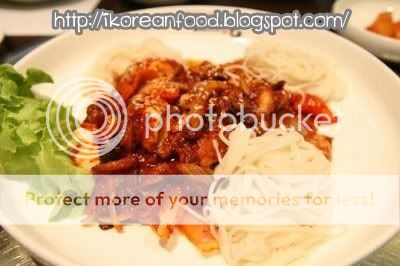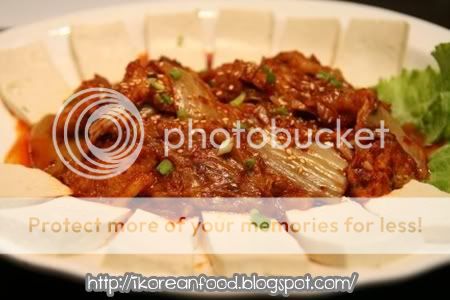Ddeokguk is the traditional New year's day food.


Ingredients:
1/2 cup ddeokguk ddeok (thin sliced rice cake)
1/4 cup myeolchi (dried anchovy), 6 cups water
2 green onions, chopped, 4 oz beef, thin julienne
1 egg, mixed, 2 sheets seasoned gim (dried seaweed), crushed
1/4 tsp soy sauce, 1/4 tsp sesame oil, 1/8 tsp sugar
1/8 tsp pepper, 1/8 tsp minced garlic, 1/4 tsp salt
Put ddeok gook ddeok (thin sliced rice cake) in a cold water for 30 minutes.
Marinate beef in a soy sauce, sesame oil, pepper, sugar and minced garlic.
Saute beef. Set aside.
In a pot, add cold water and myeol chi (dried anchovy),
bring to a boil, reduce to simmer for 5 minute.
Take out myeol chi (dried anchovy).
Add ddeok gook ddeok (thin sliced rice cake),
bring to a boil, reduce heat to medium.
Cook for 10- 15 minutes until tender.
Add green onions.
Pour the egg in a little at a time.
Let the egg set, then stir.
(If you stir right after egg in, the broth gets milky.)
Garnish with sauteed beef and some gim.
















































